Sergeant Edward Gilmore Dodd Serial Number 4209 (known as Hughie)
My grandfather, Hughie came from a family with strong connections to mining in South Australia and Western Australia, and the expansion of the mining trade unions. His father, Jabez Dodd eventually entered the Upper House of the Western Australian parliament and was responsible for the passing of some of the earliest workers’ compensation legislation protecting miners.
We are fortunate that for most of the war Hughie kept a diary describing his experiences: from the time he sailed from Fremantle until he embarked for home in 1919. It is clear from the diary that he did not like authority or being told what to do when it came to technical matters – a family trait that continues to this time!
When Hughie enlisted in January 1916, he was 21 years and 8 months of age; weighted 121 pounds (55 kg); stood 5 feet 9 inches (175 cm) and was a qualified iron turner. He was assigned to the 6th Tunnelling Company which was a Western Australian unit. From his diary and war records we know he sailed from Fremantle at 9pm on 1 June 1916 aboard the A69 or SS Warilda and arrived in Durban, South Africa on 16 January 1916. It is here that Hughie and the other troops in the convoy became aware of the death of Lord Kitchener and the Battle of Jutland.
Arrival in the UK occurred on July 18 and he and his fellow servicemen were immediately sent by train to the town of Tidworth on the Salisbury Plain arriving there around 2am the following day. His unit then marched to nearby Pelham Downs. As part of our trip retracing the footsteps of our respective grandfathers, Gail and I visited Tidworth. It is still described as a garrison town and maintains a sizeable army presence being home to some British armoured units. Local roads around Tidworth have signs warning of tanks crossings! Enquiries there suggested that the platform where Hughie disembarked was in Tidworth’s main street (now covered by a large Tesco store and carpark).
Hughie’s diary describes his walks to the nearby villages of Redenham and Appleshaw. He wrote that they had “glorious hedges and lanes” and were “quaint and pretty”. Our visit 103 years later confirmed that those descriptions remain valid.
He also took the opportunity to send a postcard to his girlfriend and future wife, Alma Whiskin showing Castle Street in Ludgershall (another local village). It was delightful to see that some of the buildings shown on the postcard still exist. Hughie’s postcard stated that he and another soldier, Sgt Les Blair went for a walk in the local woods and carved their initials in a tree with the word “Australia” below. Sgt Blair also carved his wife’s name on the tree. I held an unrealistic hope that it might still exist, and that we might stumble across it, but somewhat unsurprisingly none of the locals knew of any such tree! No doubt it was cut down many years ago.
On 30 August 1916 Hughie arrived in France and entrained to the town of Estaples. Around the end of September he mentioned leaving for the front and also of having been transferred to the Australian Electrical and Mechanical Mining and Boring Company which was commonly called the Alphabet Company.
At this point I would like to acknowledge Damien Finlayson whose wonderful book Crumps and Camouflets details the history of the various Australian Tunnelling Companies on the Western Front. Damien contacted me some years ago when researching his book having come across Hughie’s diary on my wife’s family history website. Permission was gladly given to Damien to include some photographs held by the family and extracts from the diary in his book.
Prior to our trip I contacted Damien who was able to solve a long standing mystery! Our family possess a posed photo of Hughie and two other soldiers probably taken in Perth prior to the Company leaving for France. Damien was able to identify the two other soldiers as being Sgt Hubert Marsh who was later awarded a Military Medal and survived the war and L/Corp Arthur Wigzell. Unfortunately Arthur died of wounds received in action on 8 March 1918 and is buried in the Lapugnoy Military Cemetery not far from the French city of Bethune.
Secondly, I would like to thank the Durand Group (www.durandgroup.org.uk) which is a UK based fraternal association promoting and educating people about the achievements and impact the tunnelling companies from the UK and various Commonwealth countries had on the outcome of the Great War. Much has been written about the war above ground but less is known about the war that raged underground. By coincidence I came across the Durand Group’s website some months before travelling to Europe and they kindly gave me detailed maps and other information that allowed me to pinpoint the tunnels where Hughie lived and served from October 1916 to the end of the war. Up until then I only had some rough maps of the tunnel systems drawn by Hughie in his diary.
Most excitingly members of the Durand Group have entered the tunnels where Hughie lived and served (along with other tunnel systems along the Western Front) so they remain mostly intact to this day. I understand the Durand Group is working with local French authorities with the objective of hopefully opening the tunnels to the public at some point in the future.
Tunnel systems from La Bassee to Hulluch. Hughie mainly operated in the northern half of the system. The red line is the main British tunnel with dozens of lateral tunnels. The Germans were to the right perhaps only a few hundred metres away with No Man’s land in the middle.
The systems that were constructed by both sides underneath their frontline trenches, comprised hundreds of miles of tunnels and laterals and were used to move troops and equipment. They also provided a relatively safe haven for troops while not occupying the trenches. Underground warfare in terms of mines/explosives being placed in tunnels under enemy trenches or countermining and using camouflets (explosives) to destroy enemy tunnels (and their miners) occurred throughout most of the war. This was especially the case from 1915 onwards when the war stagnated into trench warfare and the only effective way of attacking your enemy was through the use of underground mining.
For most of the war Hughie served in tunnels that ran for many miles from Loos northwards through towns such as Vermelles, Hulluch, Cuinchy and under a canal to La Bassee. As a member of the Alphabet Company Hughie was responsible for maintaining lighting systems, pumps for dewatering the tunnels and other equipment that ensured the tunnels were habitable. His diary contains some sketches of the complex tunnel system that he maintained and shows his part of the system ran for some six miles.
The area was the scene of very heavy fighting in September 1915 and both the British and Germans lost large numbers killed and wounded. Eighteen year old Lieutenant John Kipling Irish Guards and son of Rudyard Kipling is buried in a small cemetery on the road between Vermelles and Hulluch. He was killed in action on 27 September 1915. The cemetery is very close to where the Durand Group have an entrance to the tunnel system.
Fortunately, by the time Hughie arrived the frontline had stabilised and his sector did not see any major offensives for the remainder of the war. That is not to say it was a safe area as Hughie often describes the heavy German artillery bombardments; tunnels collapsing and troops being buried due to heavy mortars landing on top; and regular raiding by German troops to destroy parts of the tunnel system or to take prisoners. The British units were of course doing exactly the same to the Germans who occupied trenches and tunnels only a few hundred metres away across No Man’s Land.
The diary names many of the tunnels in which Hughie worked. These included Old Kent Road, Robertsons, Saville Row, Coldstream, Elephant, Quarry, Brickstacks etc. Hughie had his base in a tunnel called Munster where he would sleep. It is not clear how many consecutive days he remained in the tunnels or whether he was billeted in a near by village. Most of the villages would have been destroyed by then or were within artillery range.
Using the maps provided by the Durand Group we were able to locate the field under which the tunnels run and locate with a reasonable degree of accuracy, the Munster Tunnel. It was exciting to walk above the tunnels where he served all those years ago and to visit some of the towns mentioned in his diary.
We stayed at a local B&B, the Sable de la Fontaine, (highly recommended if you are in this locale) in the nearby Annequin and Cuinchy areas. Both locations are mentioned in the diary. The owners were largely unaware of the tunnel systems. They were intrigued by the diary and asked for a copy. On returning home the owners asked for permission (granted of course) for it to be made available to the local history group. I am also aware that they have attended a meeting held by the Durand Group in nearby Loos or Lens, so hopefully the diary might play some small part in achieving the objective of having part of the tunnels being opened to the public.
Across the canal in the local town of La Bassee a private memorial has been erected to honour the various tunnelling companies. It reads:
This stone commemorates the endeavours of the men of the Tunnelling Companies of Britain, Canada, Australia and New Zealand who during the Great War lived, fought and died underground in France and Flanders.
It is erected in special remembrance of Sapper William Hackett VC of 254 Tunnelling Company RE and Private Thomas Collins of the 14th Battalion, the Welsh Regiment, who both still lie forty feet beneath the field in front of this memorial.
….No record in the world ever touched the footage, yield per once of pluck, endurance and devotion to duty, and no forces endured more. One silent toast to those who memorise a glorious record in their ever silent tunnels.
Sir John Norton-Griffiths
The memorial also has a wonderful quote from Edward Synton who wrote the book Tunnellers All in 1918 which reads:
“Everybody damns the Tunneller; GHQ because he invariably has his job finished months before the rest of the Army are ready for the “Great Push” – Army troops because he invariably upsets all their preconceived notions as to the safety of trenches and dugouts; Divisional troops damn him because he is outside their sphere of influence; Brigade troops because he refuses to move when they do and because he knows by heart that part of the line to which they come as strangers; Brass hats because they dislike his underground habits; Regimental officers because he refuses to allow them to use his deep and smug dugouts; Subalterns because of his superior knowledge; Tommy because he is the direct cause of numerous extra fatigues and- alas that it should be so- because of his extra pay; and last and loudest, the Boche damn him because of his earnest and unceasing attempts at uplifting and converting them into surprised angels. It is also owing to his success in his noble work of the missionary that the Tunneller is highly respected by all branches of the forces.”
Having read the diary there are certainly many of the above-mentioned attributes that can be applied to my grandfather.
We also took time to visit and photograph the grave of Arthur Wigzell at Lapugnoy Military Cemetery. There we also found graves of two 3rd Tunnelling Company members, namely 4496 Sapper HD Truman (died 21 August 1917) and 1085 Sapper J T Munster (died 24 August 1917). This is a small and lovely located cemetery situated on the side of a small valley.
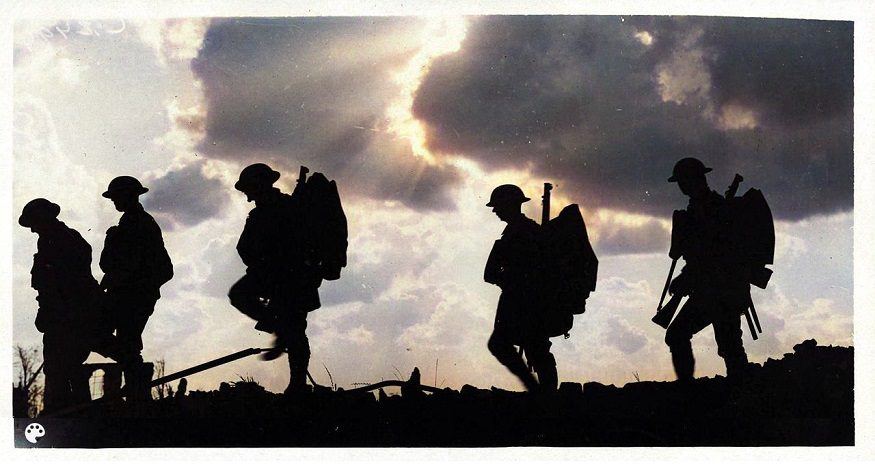
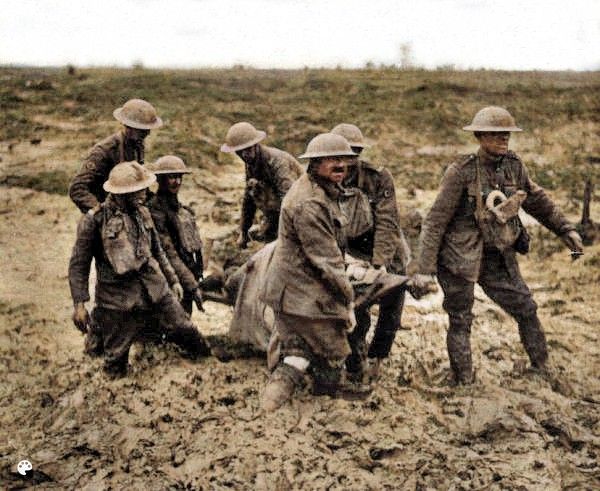
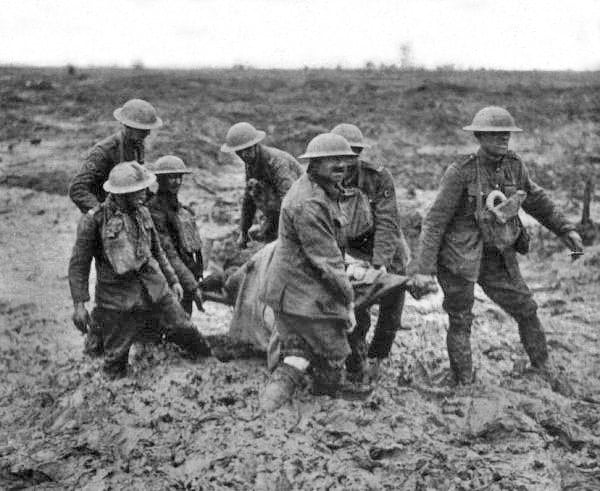

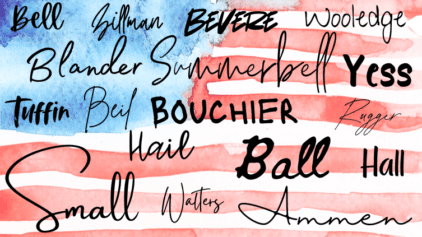
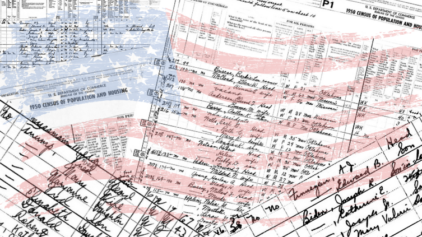

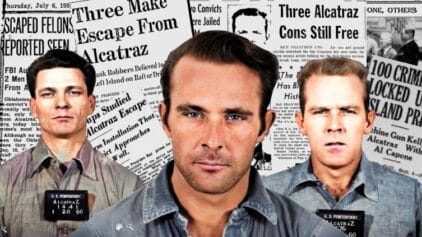
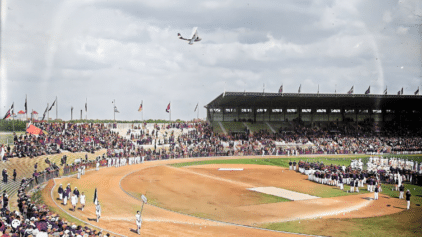

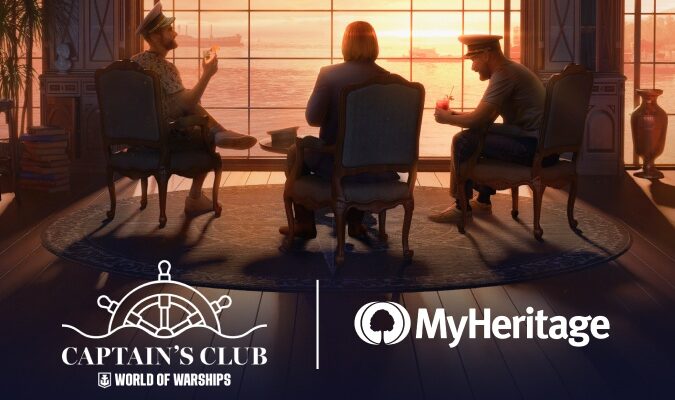


Donna Jones
May 24, 2020
My great uncle was Benjamin Arnold. He was in the Navy during WWI and was on a submarine. The thought of what it must have been like on the submarine during the war just astounds me. I was young when he was alive and it was my father that gave me some information about Ben’s service. My dad told me that Ben had talked about how the German submarines had patrolled the United States coast. He said that three U-boats sank 10 ships off the coast of NC alone. I need to do more research on his service.